Common Workplace Safety Blunders
Avoid Preventable Injuries at Work
With safety being an integral part of what we do at SHEilds, as you’d expect we treat common workplace safety blunders very seriously.
As a leading global provider for online HSE courses we pride ourselves on practising what we preach, taking the knowledge we share with students and applying it to our own day-to-day practices.
However, non-HSE companies can often lose sight of these practices in the rush of the working day, or fail to adopt them in the first place. The perception “safety isn’t a priority” arises, justified by an “it’s been fine up till now” attitude and the clock starts ticking down to a serious accident.
In order to boost awareness on these commonplace misconceptions and mistakes we’ve created an infographic collecting statistics and highlighting key safety failings.
Have you made any of these mistakes? Could your workplace be doing more to avoid preventable injuries? Read on and find out.
Electrical appliances and Injuries
Let the statistics process for a moment; 620,000 injuries for the UK alone in the space of a year (2015-2016). The numbers alone are shocking and the fact they are preventable even more so.
Our polls also show some disturbing trends; 59% of people asked didn’t know when their workplace electrical appliances were tested, married with the dual concern of 44% saying liquid spillages near said equipment were ‘likely’.
While electrical appliances facilitate many of our working processes making our lives easier, it’s important not to forget the dangers. As a conduit for a deadly electrical shock or fire they warrant an appropriate level of care; keep liquids at least the distance of a spill away, don’t overload your sockets and don’t be afraid to ask whether equipment has been tested.
The Dangers of Hot drinks
Again, underestimated as a danger thanks to their commonplace nature, coffee and tea breaks are staple office hazards.
Nearly a quarter of you claim to carry multiple hot drinks on a daily basis – a classic example of unnecessary risk to save a tiny amount of time – while 18% admit to not knowing who and where your first-aiders are. Removing these risks by using a tray or trolley for multiple drinks and avoiding carrying them between floors could save someone a serious scald.
Stairwells and their Risk
31% of our respondents said stairwells are the most dangerous area in their workplace and there is some weight to this. The severity of a regular trip, slip or fall is amplified enormously once a staircase is involved; what might be a bruise becomes a case of broken bones, hospitals and a very real risk of mortality.
It might seem blindingly obvious, but it’s astounding how many workplaces fail to ensure good lighting is maintained on their staircase or leave items in the way. Individually as well, we can all be safer by ensuring we use a handrail properly and avoid carrying loads requiring both hands up or down stairs.

Could your workplace be managed more safely? Take an online IOSH Managing Safely course!
Kitchen Safety
44% of people in our poll identified kitchens as the most dangerous area in their workplace. From spills leading to slips, to cooking burns and electrical hazards, these blunders could very well happen in the kitchen if the area isn’t properly maintained.
Perhaps this problem occurs due to these areas being deemed a lunch area, outside of office duties and responsibilities. The best way to look at this point is that maintaining Health and Safety is everyone’s responsibility to one degree or another; failing to address a developing hazard in the kitchen is as unacceptable as failing to do so anywhere else.
By cleaning up spills, signposting wet floors with warning signs, clearly identifying hot surfaces, keeping things uncluttered and maintaining good hygiene we can all play an important part in preventing careless kitchen catastrophes.
Over to you
With all this covered we’d like to turn things over to you. Our poll may have finished but we’d still love to know what you think about everyday workplace risks and hazards.
What are the most dangerous areas of your workplace? What worries you the most? Are there any areas of your Health and Safety routines you are particularly proud of? Let us know in the comments below.
Don’t forget effective training can go a long way towards making your workplace safer and improving career prospects. If you’re looking for a course tailored to your needs and goals contact our advisors through the ‘LIVE CHAT’ tab to find an option that works for you.
Owen Roach

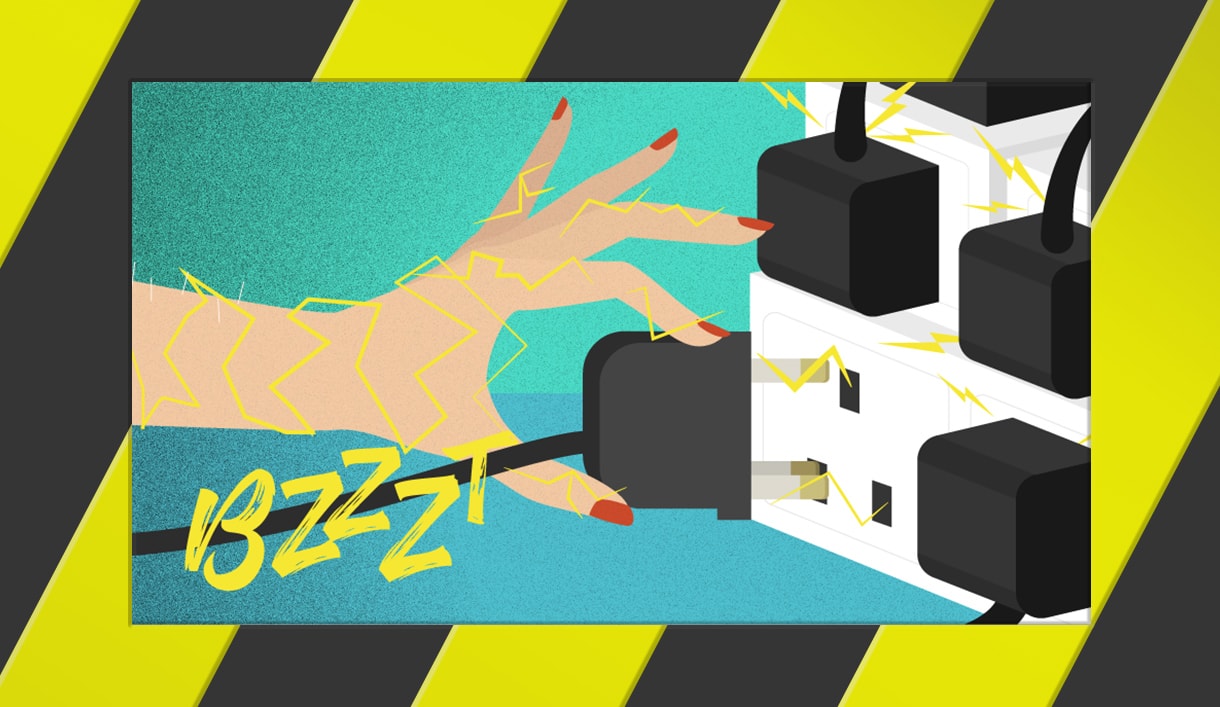


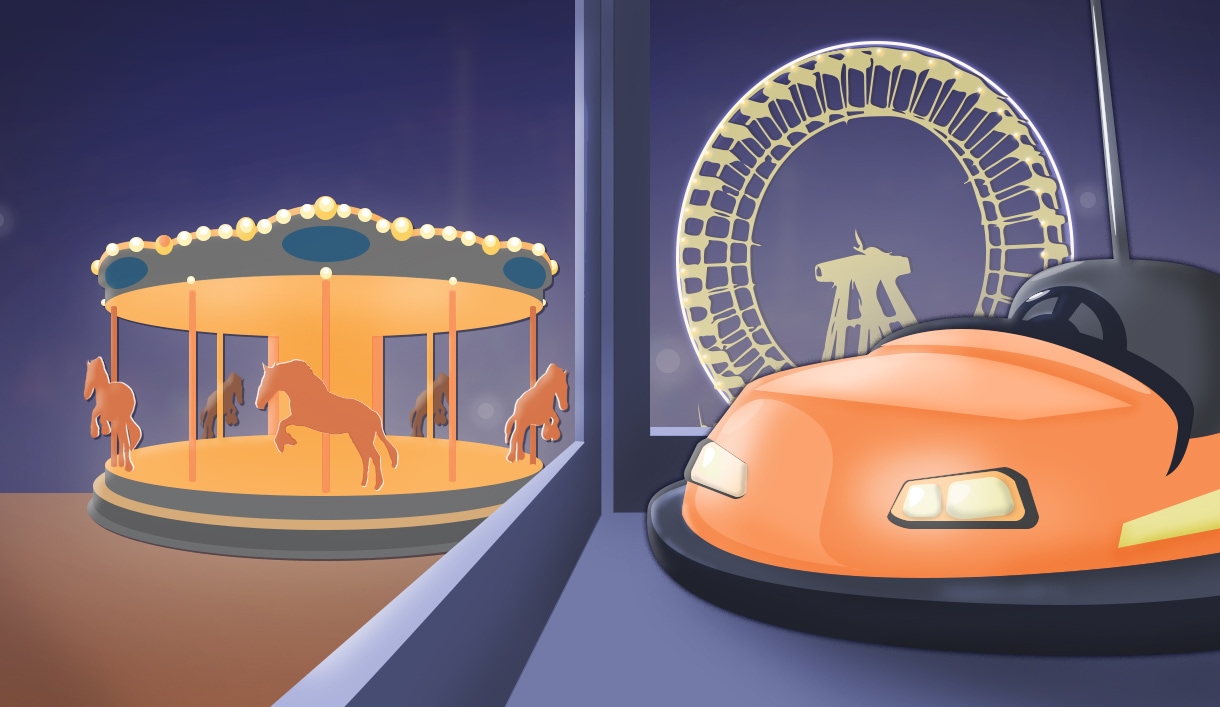
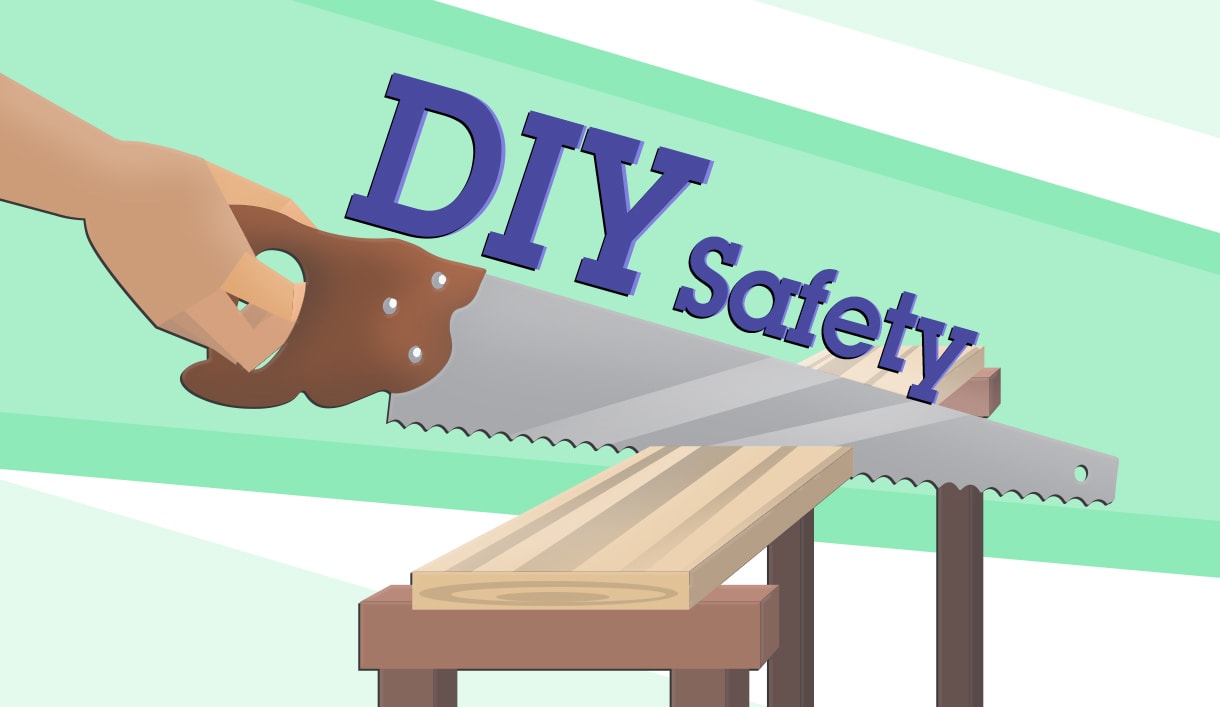
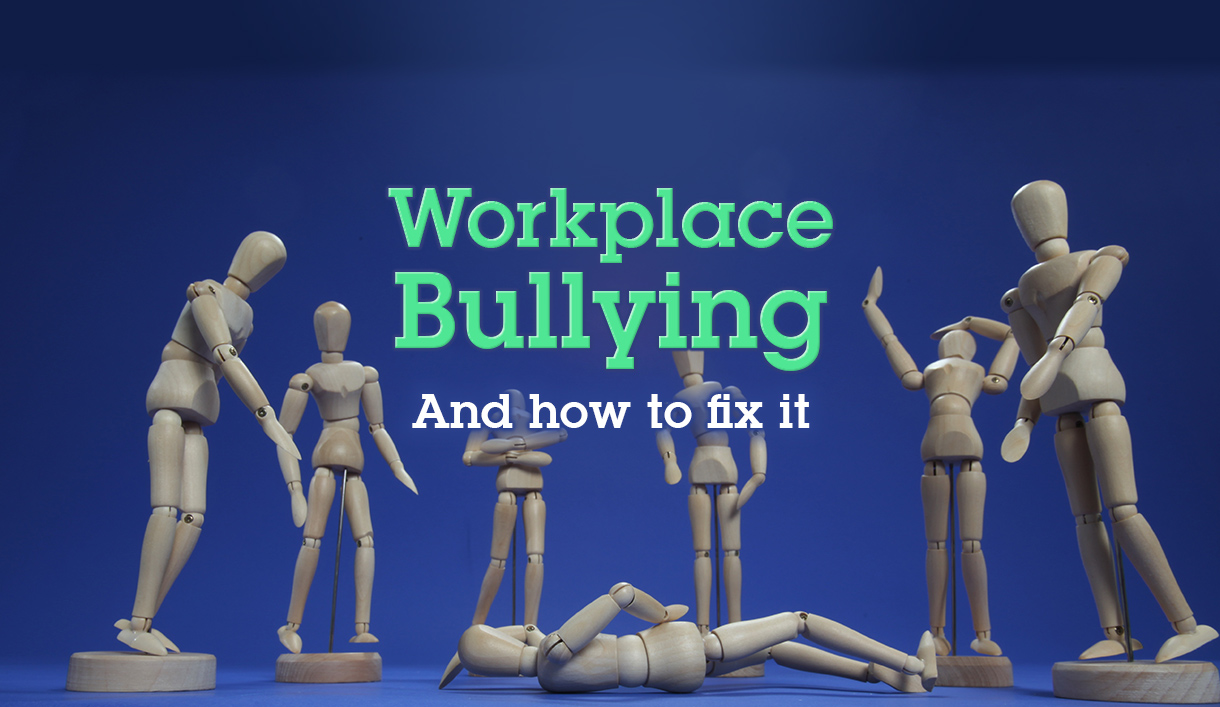
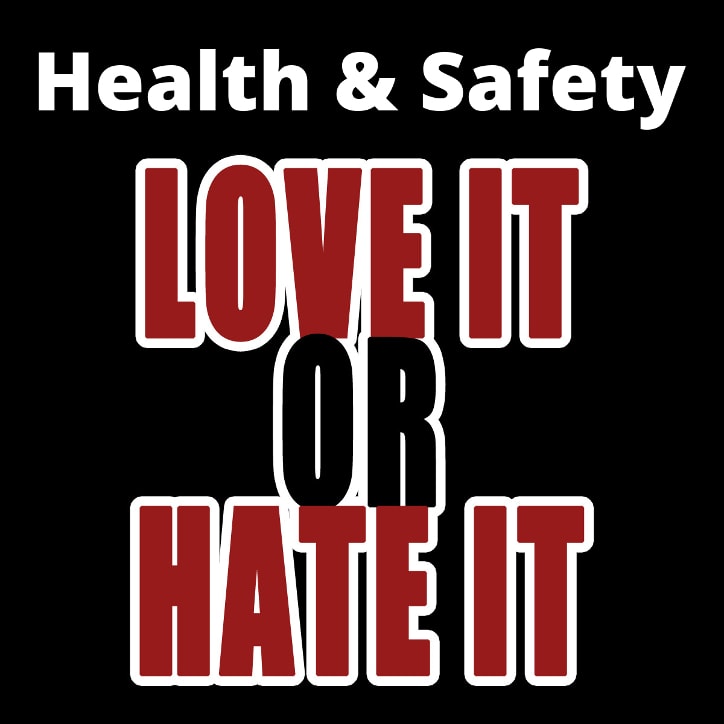
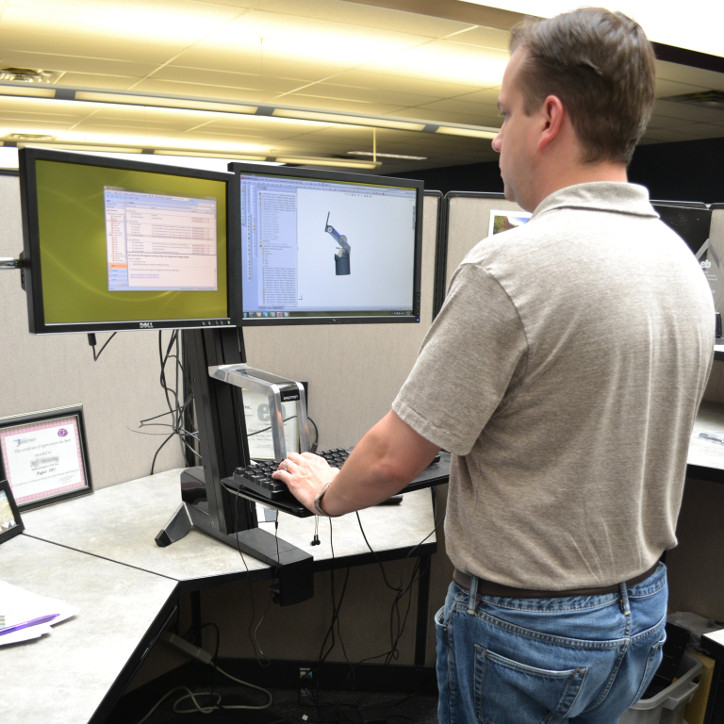
Leave a Reply
Want to join the discussion?Feel free to contribute!